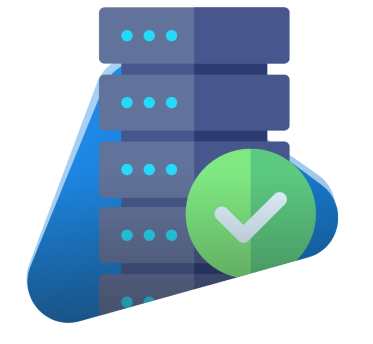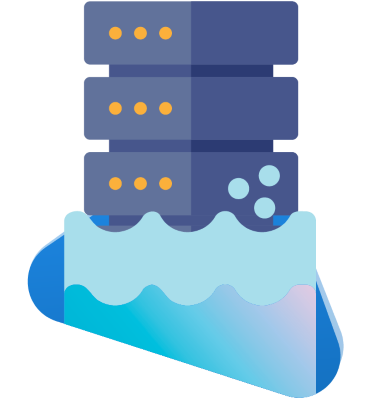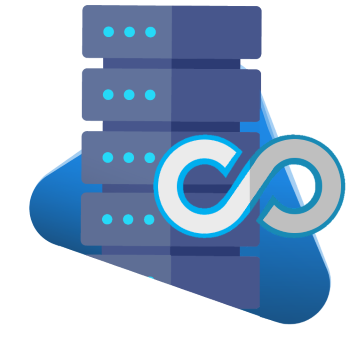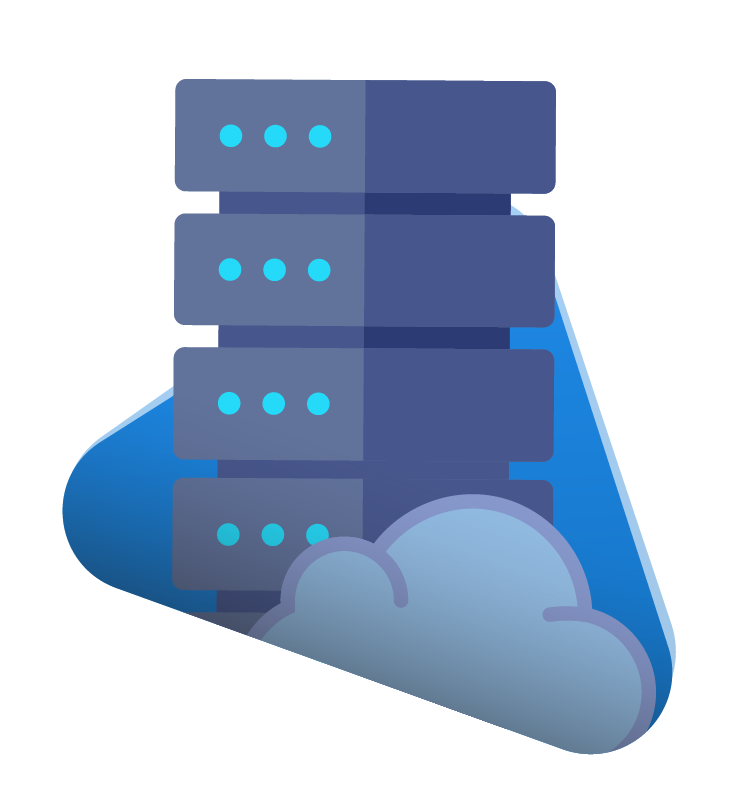
Cloud Migration
Cloud Migration of a long running organization is more
than just moving production loads and data holdings off premise to the cloud
provider of your choice. Cloud migration is a cultural shift and an opportunity
to establish application services enterprise operational best practices.

Portfolio Assessment and Discovery
It is critical to properly evaluate your application
portfolio before you outline your cloud migration strategy blueprint.
Making the right decisions early on will encourage confidence within your
organization making the cultural shift easier during implementation.

Design and Planning
To maximize the benefit of moving to cloud there are
significant changes required to most if not all applications. However
this does not have to be done all at once. By moving and migrating pieces
based on a “complexity vs benefit” scoring system your team’s skills will grow as you migrate.

Cultural change and Implementation
Successful Cloud migration requires a gradual cultural
adjustment to be sustainable over the long term. Implementing a Product
Development Life Cycle (PDLC) plan in your DevOps process will make this
an easy transition as you move through implementation.

Data Lake
Data Lakes can be powerful tools to an organization if
setup correctly. There are some mistaken theories that you can put any kind of
data in and get innovative answers out. This is far from the truth. The data
ingestion methods and governance models provide a layer of structure ensuring
discoveries can be made while mitigating the risk of your nice clean data lake
turning into a huge expensive data swamp.

Ingest Collect
Adopting the practice of early ingestion and late processing
allows data to be available almost immediately for operations, reporting,
and analytics. This demands diverse ingestion methods to handle various
data structures and to simplify the onboarding of new data sources and data sets.

Store
Data is stored as structured, unstructured and in its natural
raw format as object blobs or files. It is a single store of all enterprise
data including raw copies of source system data and transformed data used for
tasks such as reporting, visualization, analytics and machine learning.

Process and Transform
To effectively visualize data we need to process and transform
it into a consumable schema on read format. This will involve SQL query,
elastic search and batch processing engines. As data is transformed it is
done so in an organized manner preserving the integrity of the overall lake.

Consume
Display and report on your findings. An enterprise
style data lake should be configured to work easily with different
BI and data analysis tool/languages. Data sets that are identified
as regular reporting items can be channeled to a conventional style
structured data warehouse.

DevOps and DevSecOps
DevOps and DevSecOps are the corner stone’s to a solid cloud
first strategy. Many organizations attempt to become more Agile without changing
their application deployment process and face great challenge breaking from a
waterfall approach. These challenges place negative attention on your software
teams as they begin to appear as the bottleneck. Structuring an automated DevSecOps
process will allow continuous integration and continuous delivery leading to shorter
deployment cycles. Being able to quickly identify issues and make changes leads to
improved agility and service delivery.

DevOps
DevOps is a combination of cultural and technical,
tools and practices. This continuous integration and continuous
deployment philosophy allows an organization to deliver
applications and services at a high rate of speed with greater integrity.

DevSecOps
DevSecOps is the practice of integrating security into
the DevOps process. This practice encourages a cultural of open
collaboration between development teams and security teams. Real-time
monitoring tools of the pipeline and production will reduced or maintain
risk while increasing deployment frequency.

How effective is your DevOps process?
5 KPI’s to evaluate the success of your DevOps process.
1. Deployment Frequency: Are you achieving your task throughput expectations?
2. Deployment Speed: How quickly and easily do you go from developer hands to production?
3. Failure Rate: How often does a deployment cause an issue?
4. Time to Recover: How quickly can you recover from a failure?
5. Team Satisfaction: Does your team feel empowered and happy?
2. Deployment Speed: How quickly and easily do you go from developer hands to production?
3. Failure Rate: How often does a deployment cause an issue?
4. Time to Recover: How quickly can you recover from a failure?
5. Team Satisfaction: Does your team feel empowered and happy?

Application Services
We are a full service end to end application delivery shop.
Do you need on time, on budget delivery, have a project in the red or just want
to empower your own teams? Then we are your people. Our team consists of all the
players needed to go from requirements gathering to production deployment and
documented hand off. Reduce your risk by hiring a skilled team with a over a
decade of experience building applications together.

Custom Applications
Our team has been delivering custom applications to
the private sector for over 15 years and now we want to help you
go cloud right. We can create your application using the technology
of your choice while helping you meet the 5 pillars of a well architected
cloud application.

SDK - Software Development Kits
Custom Software Development Kits(SDK) provide a structured process
for continuously delivering applications within an enterprise blueprint.
We will construct a series of micro-services that can be consumed by
multiple projects to reduce portfolio footprint and increase application
development throughput.
.

Real Time Example
The site you are currently on is a Server-less interface hosted on AWS.
It is a Blue Green deployment model setup for high availability and security monitoring.
Click the button below to see our reference architecture.

Cyber Security and SecOps
The security of yesterday was static fire-walls, the security
of tomorrow is dynamic monitoring, event based alerts and automated responses.
As Application development teams strive to increase the frequency of their deployments in order to meet rapidly growing service demands. Security teams need to also evolve to be faster and take advantage of automated deep packet inspection tools and real time monitoring. With the correct tools and automated role back strategy application development teams can successfully go from developer to production in minutes.
As Application development teams strive to increase the frequency of their deployments in order to meet rapidly growing service demands. Security teams need to also evolve to be faster and take advantage of automated deep packet inspection tools and real time monitoring. With the correct tools and automated role back strategy application development teams can successfully go from developer to production in minutes.

Our Story
We are a group of IT professionals gathered from industry, government and academia
with a shared mission to provide our clients with the best solutions to assist with
their digital transformation goals. Between the principals, FSDC has well over a century
of experience with Cloud, IT operations, infrastructure and development. We take pride in
the dozens of projects we have delivered as individuals and as partners and look forward to
solving your challenges.

Contact Us
If you would like to learn more fill out the information below and we will contact you.

